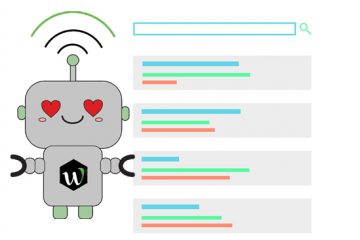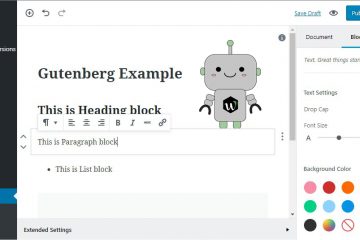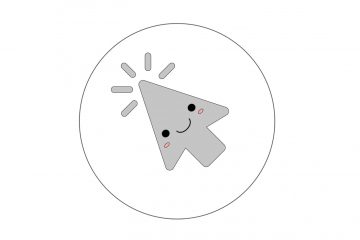Have you wondered why so many companies have shifted focus to their mobile shopping users? It’s simple, mobile is quickly overtaking desktop shopping and businesses smell profit in the air.
You’ve probably been in your car and searched where you’re going to eat for dinner. You wanted somewhere close and a restaurant that’s got stellar reviews. It happens every day. People want something immediately and search for the nearest place to find it.
In this same sense, local businesses have profited from mobile shopping due to the effectiveness of their mobile website design and proper SEO tactics.
If you have a local business and really want to improve traffic to your store then you’ll need to update your mobile website to accomplish a few goals first. Keep in mind that all the suggestions below are good for desktop and mobile responsive web design.
Improving Your Site for Mobile Shopping
Starting with the actual design, you need to ensure every feature on your desktop site is responsive. When people use their phone to browse your site, everything needs to look the right size, menus should be easily accessible, interactive plugins need to work flawlessly, etc.
If you have the time, go to the mobile version of your site and see what’s not working. Check to see if pages are loading properly, images are the right size, headers are in the right place, and load-time is quick. All these elements work together to give your customers a better user experience.
After that’s done, you should move on to the actual content. When people use a desktop it’s okay to have a lot of content on the page. When they’re on mobile, however, they want small snippets that get to the heart of your information. In essence, be quick and precise.
Your introduction is a good way to start off on the right foot. By clearly stating what the article is about in the first sentence, you can attract people looking for that precise information.
Your headers should also be a synopsis for the paragraphs below. If someone lands on your page and notices your title isn’t exactly what they wanted, they’ll leave quickly. Even if you have the information they need (posted a little further down), you’ll still lose that customer.
Having headers above every paragraph that tell your readers what’s below will give them the opportunity to find what they need.
Your load-time for mobile is another item of focus. Larger images will slow load-time, killing your user experience in the process. Since mobile users are a bit antsier than desktop shoppers, they might leave before your page even loads. A study found that 40% of users will leave if they page doesn’t load in 3 seconds. Optimizing the images on your website can solve most of your load-time issues and keep the site moving beautifully.
Finally, your conclusion should reiterate the points you’ve made in the body of your content. Using bullet points to order your topics will give you better keyword density and SEO, especially if you use synonyms of your keywords.
By focusing on your mobile customers, you’ll give your business a huge advantage going into 2017, as traffic continues to step away from the desktop and shift more towards mobile shopping.


